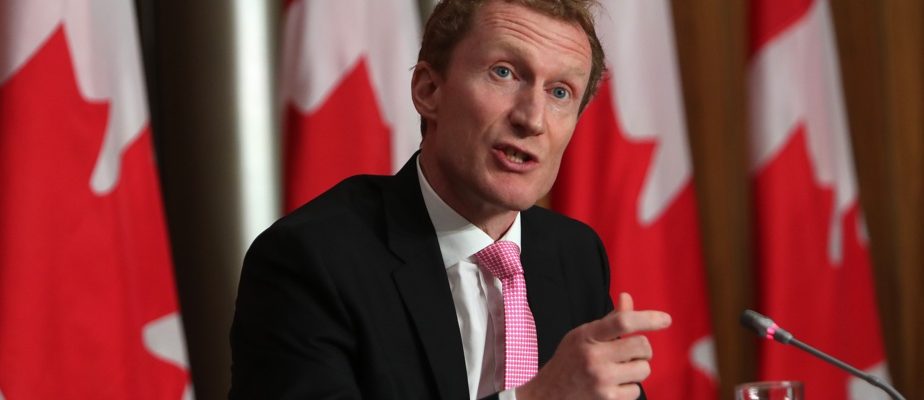(Ottawa) Quebec follows in the footsteps of the Federation of Francophone and Acadian Communities (FCFA). The Minister of the French Language, Jean-François Roberge, in turn urges the new federal Minister of Immigration, Marc Miller, to adopt a target to restore the weight of French in the country.
“We completely agree with the FCFA that the federal government must do more regarding Francophone immigration,” Minister Roberge said in a written statement Wednesday. He must indicate what his new target will be quickly. »
“It is essential that the proportion of Francophones in Canada increases and stops decreasing. This has been the case for too long,” he added.

PHOTO MARCO CAMPANOZZI, LA PRESSE ARCHIVES
“We completely agree with the FCFA that the federal government must do more in terms of French-speaking immigration,” Minister Roberge said in a written statement Wednesday.
The FCFA fears that the federal government will miss the boat for the next three years. She is still awaiting a commitment from Minister Miller to curb the demographic decline of minority language communities.
“We are really worried,” said the president of the FCFA, Lianne Roy, in an interview, the day after a press conference to try to get things moving. She recently had a meeting with Mr. Miller, appointed head of the Immigration Department during the July reshuffle, but emerged without being reassured.
The unveiling of immigration targets for 2024-2026 is expected in November and officials are already working on them.
“I am ready to increase the targets, but we have to be realistic,” said Minister Miller as he left the Liberal caucus meeting in London late Wednesday afternoon. He did not want to confirm the target of 5% or 6%, recently reported by the Francopresse agency, which is well below the FCFA’s request.
“So the question we must ask ourselves, especially with the French situation outside Quebec: is immigration the only solution to reinvigorate these communities? I think not, but it is a big possible solution to resolve a problem that threatens us from year to year,” he said.
The new version of the Official Languages Act adopted last June requires that the Minister of Immigration adopt a policy with targets “to promote the development of Canada’s French-speaking minorities, in particular by ensuring the restoration and increase of their demographic weight. »
This remedial target should be set at 12%, according to the FCFA which had commissioned a study on this issue in 2022. The French-speaking immigration target has been 4.4% since 2003. The government wanted to reach it in 2008, but it only achieved this commitment almost 20 years later in 2022.
If the target had been respected, French-speaking minorities would have been able to welcome 76,000 additional permanent residents speaking French over a dozen years, according to a report published in November 2021 by the Commissioner of Official Languages, Raymond Théberge.
“During these years of stagnation, we lost the equivalent of 76,000 people, but the demographic weight of the communities fell to 3.6% and according to our studies, if nothing is done, it will be around 3.1% in 2036,” worries Mme Roy.
The restoration of the demographic weight of French-speaking minorities is now part of the Official Languages Act. It is set at 6.1%, which is what they had during the 1971 census.
One of the biggest pillars of the Action Plan on Official Languages unveiled in April aims to stimulate immigration to restore the demographic weight of Francophones outside Quebec. It provides an additional 137.2 million to achieve this, for a total of 221.5 million over five years.
However, without a new concrete target, the victories of recent months seem very distant for the FCFA.
With Mélanie Marquis, The Press
